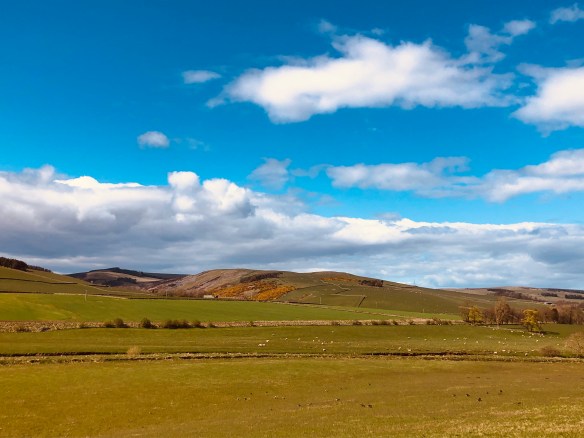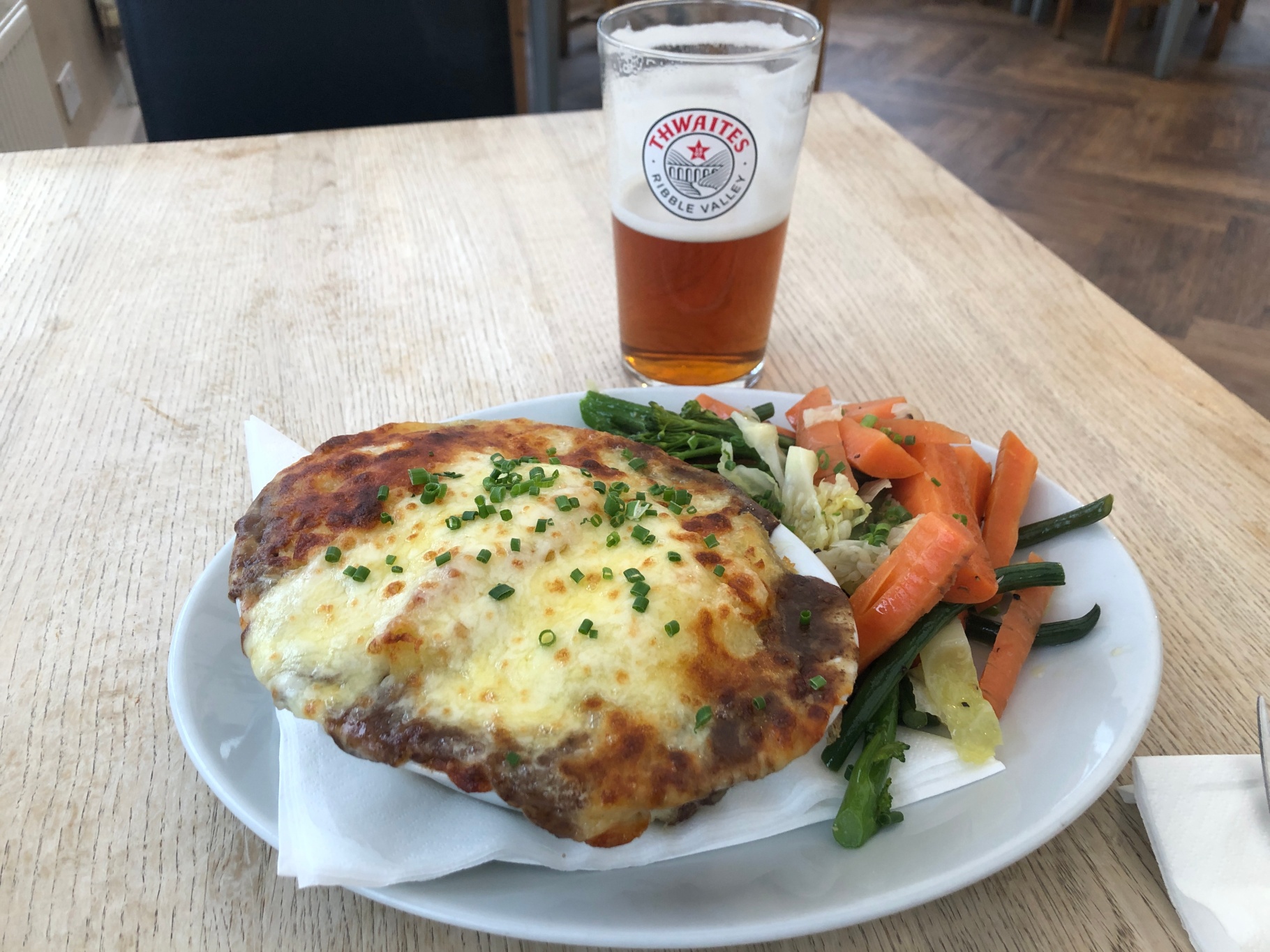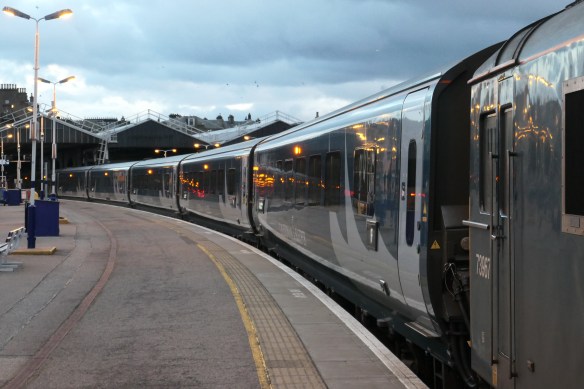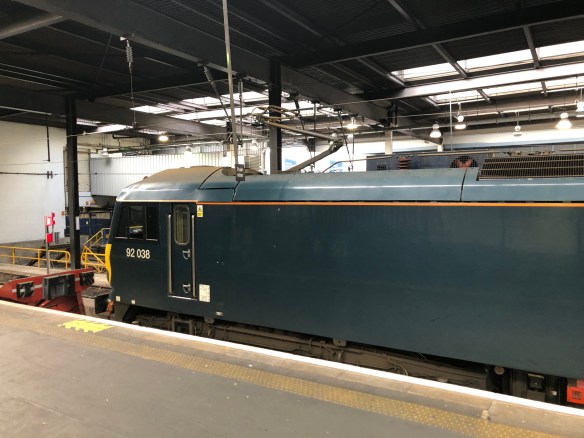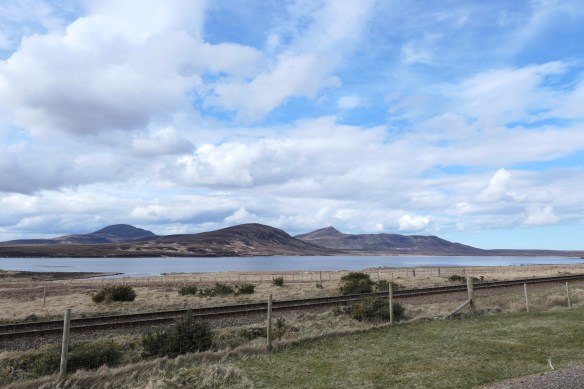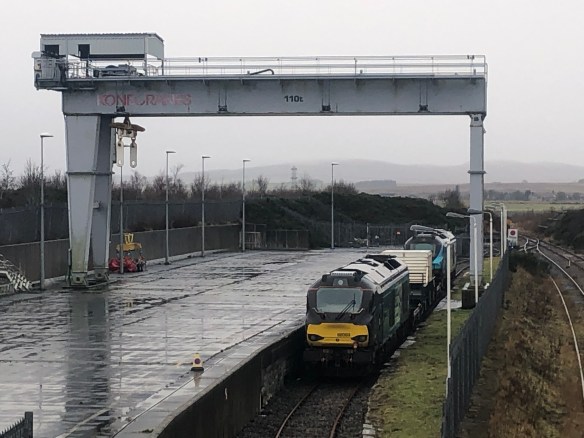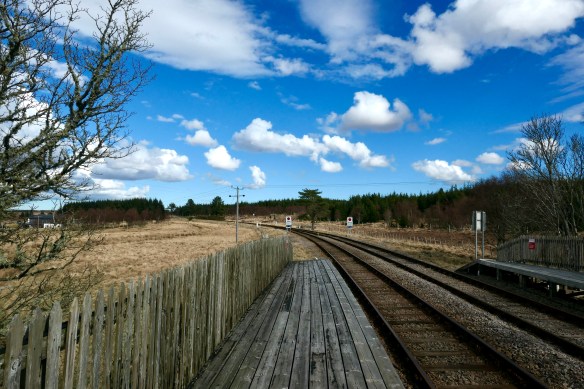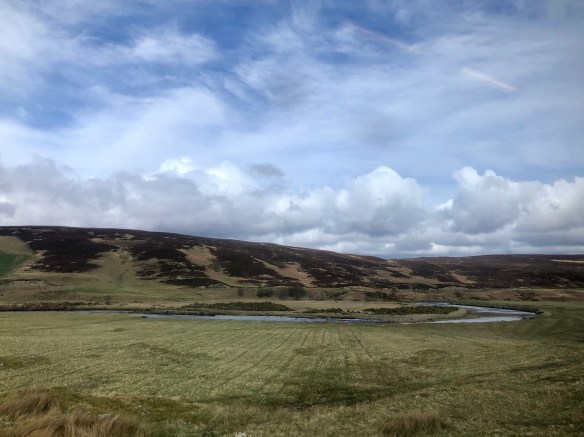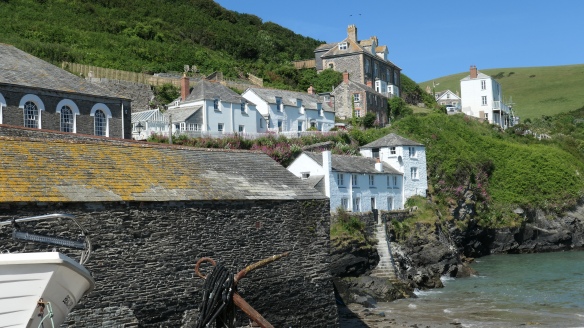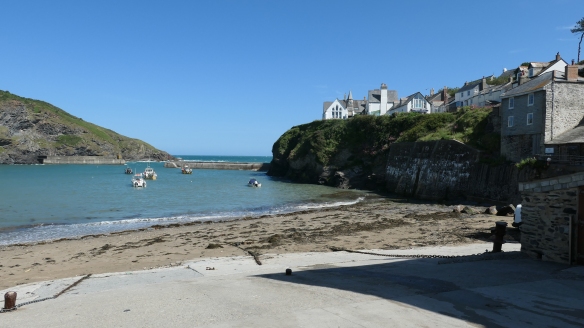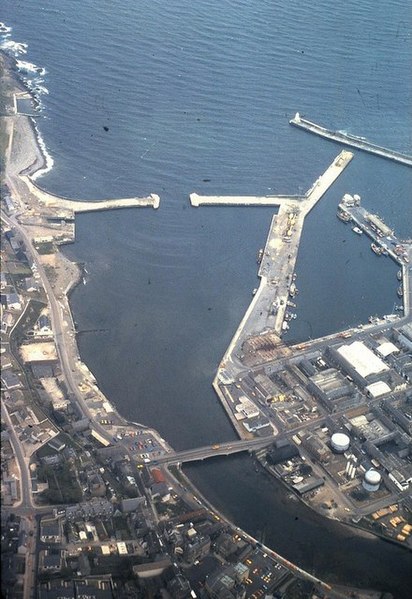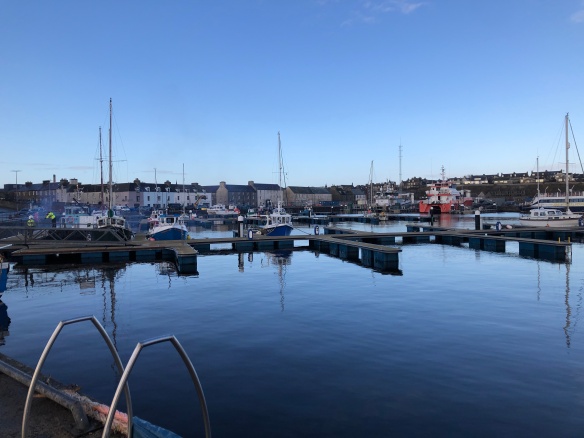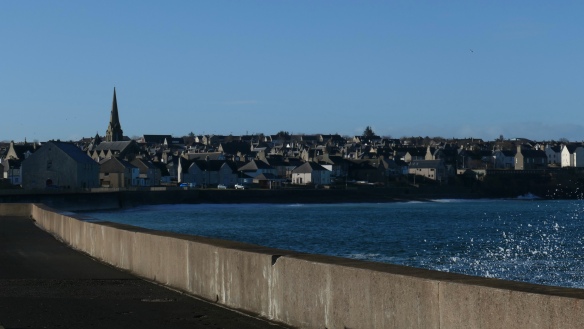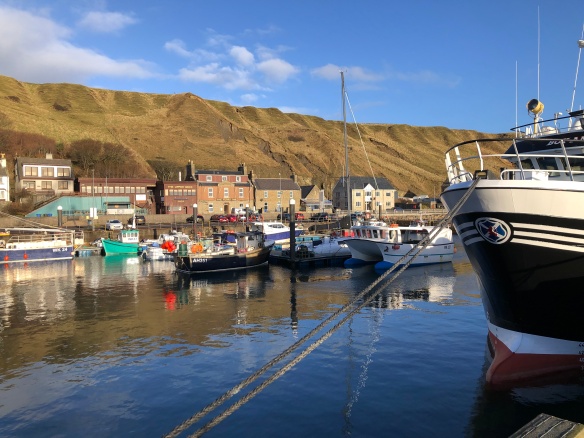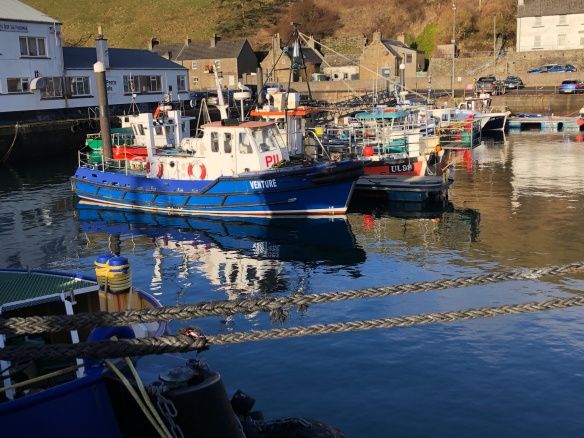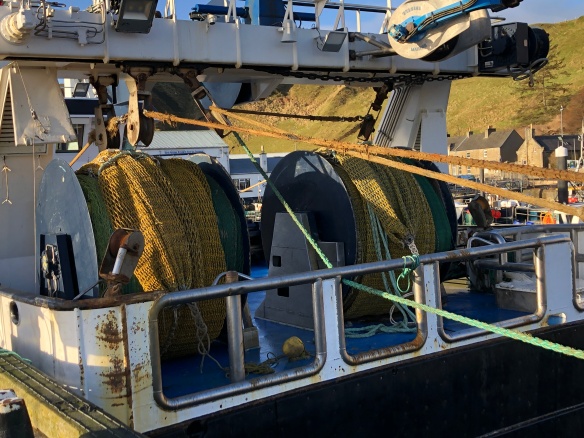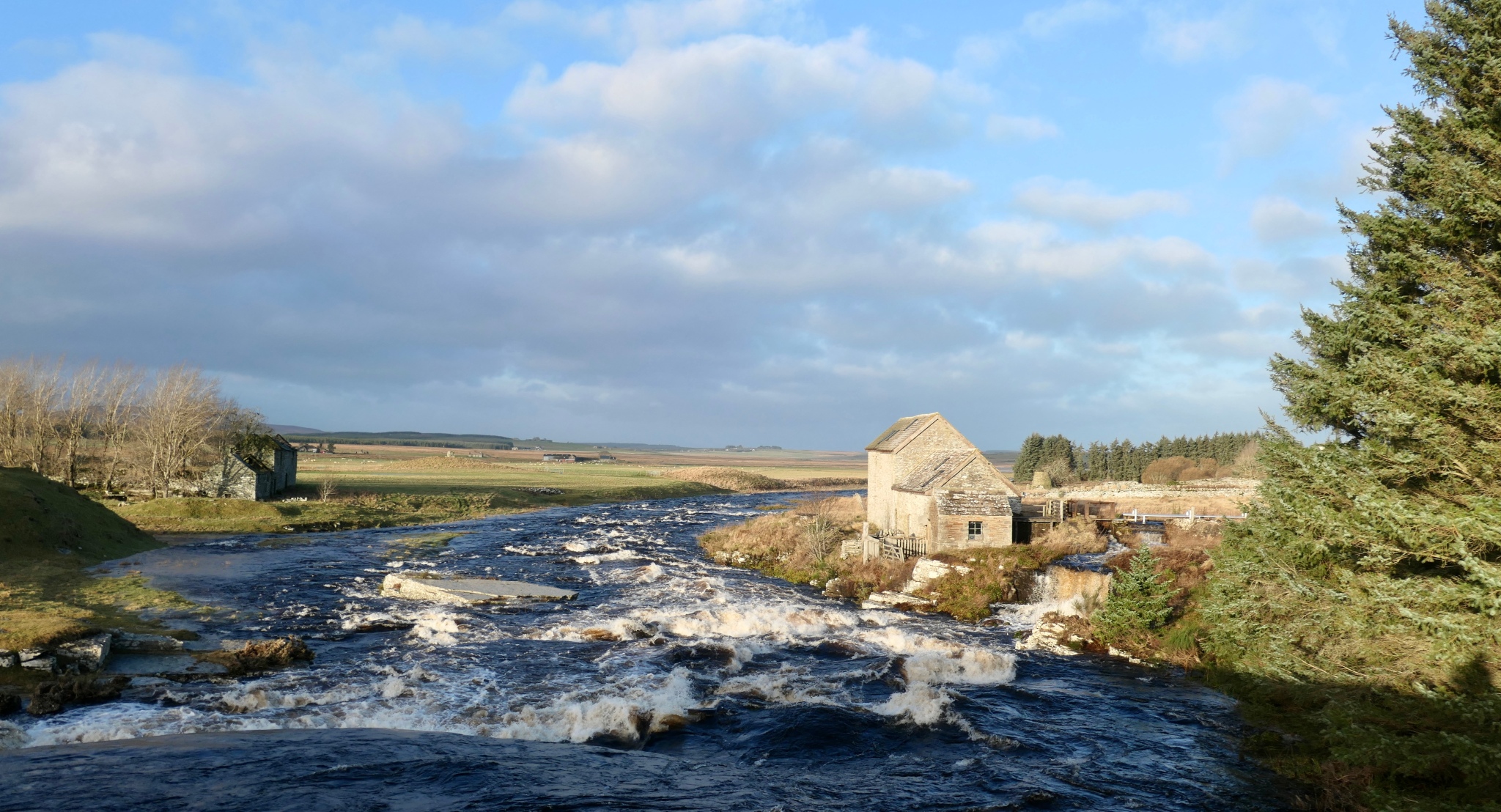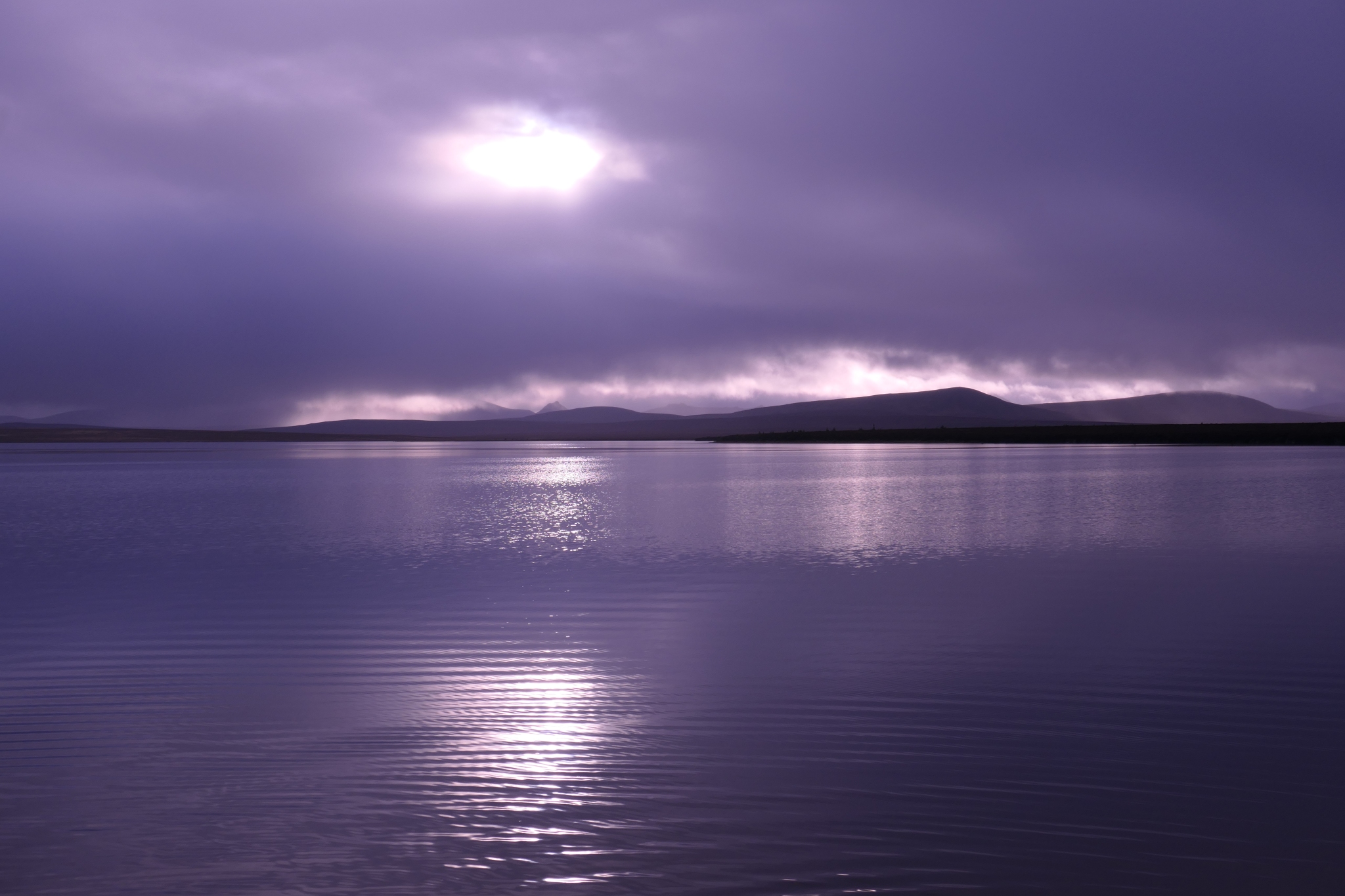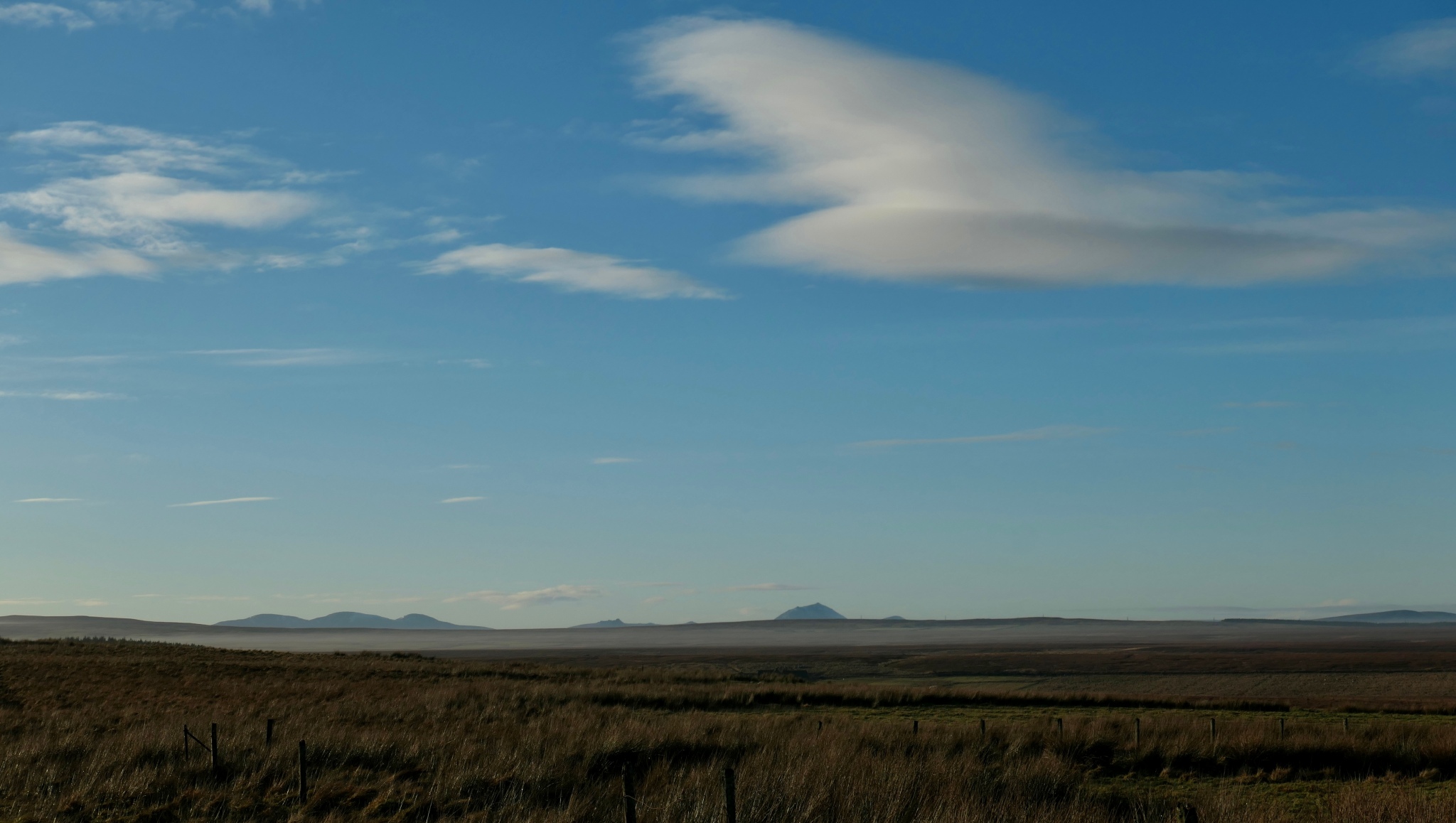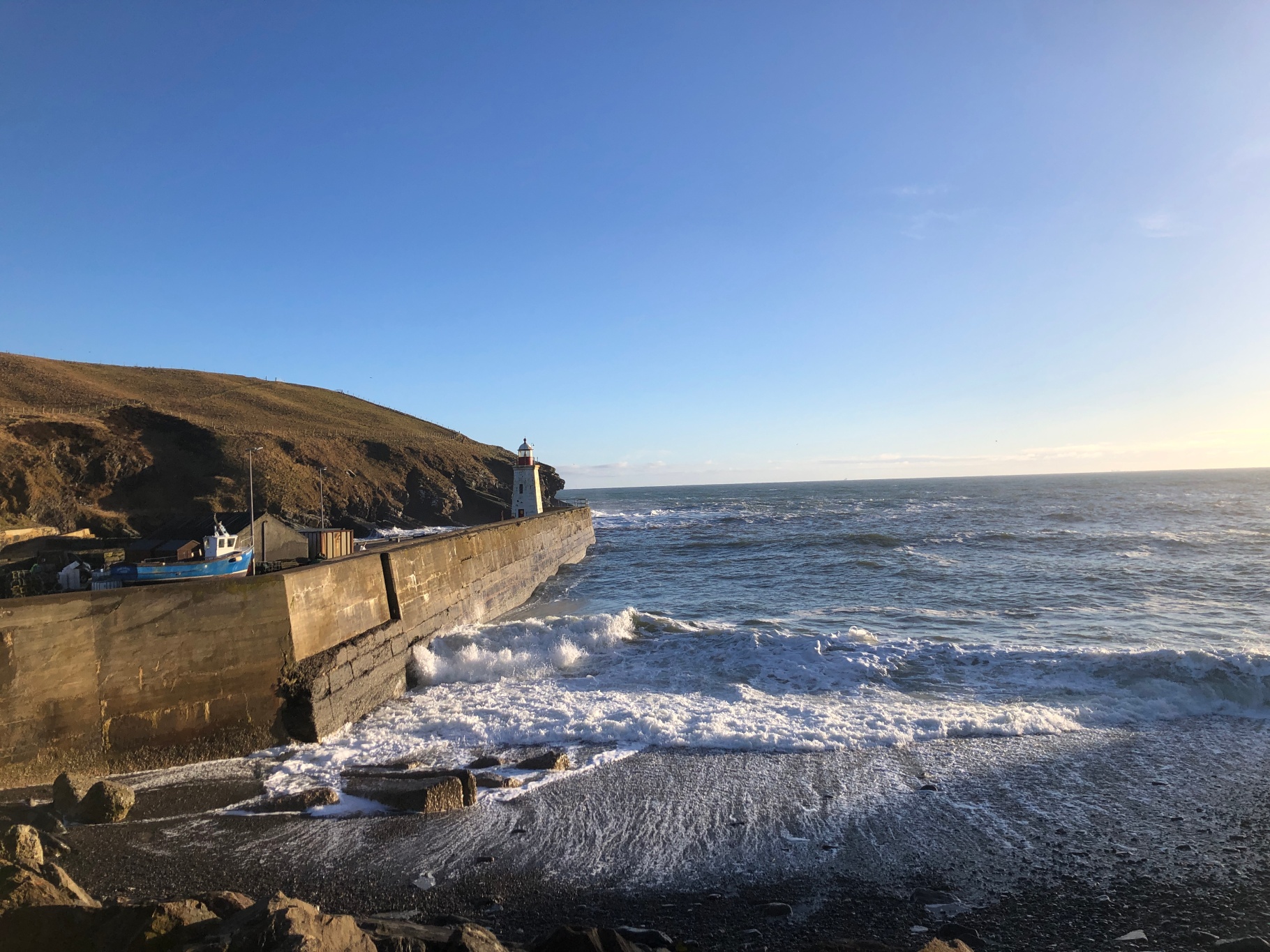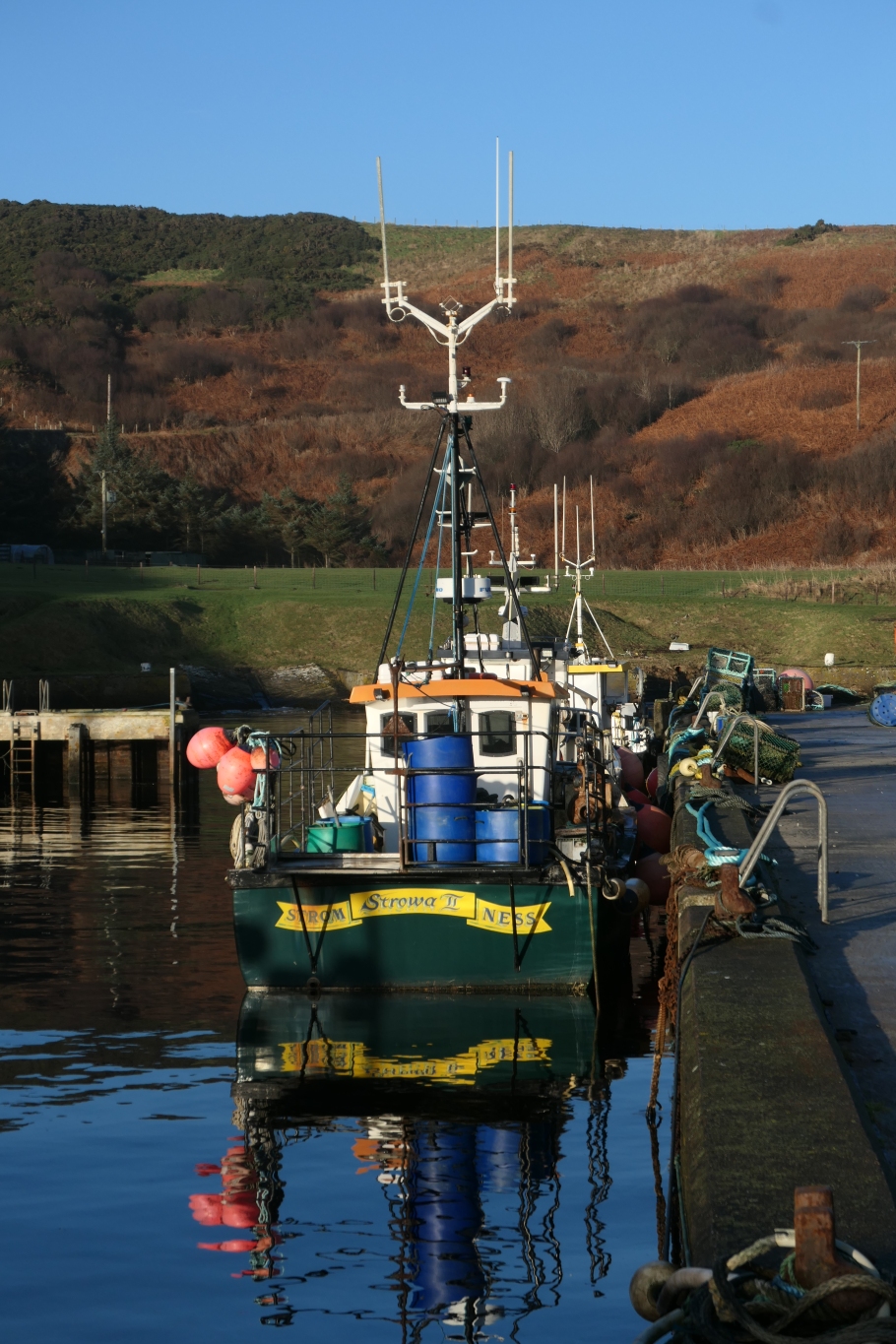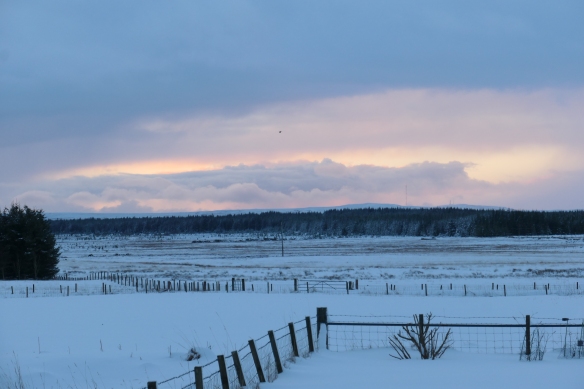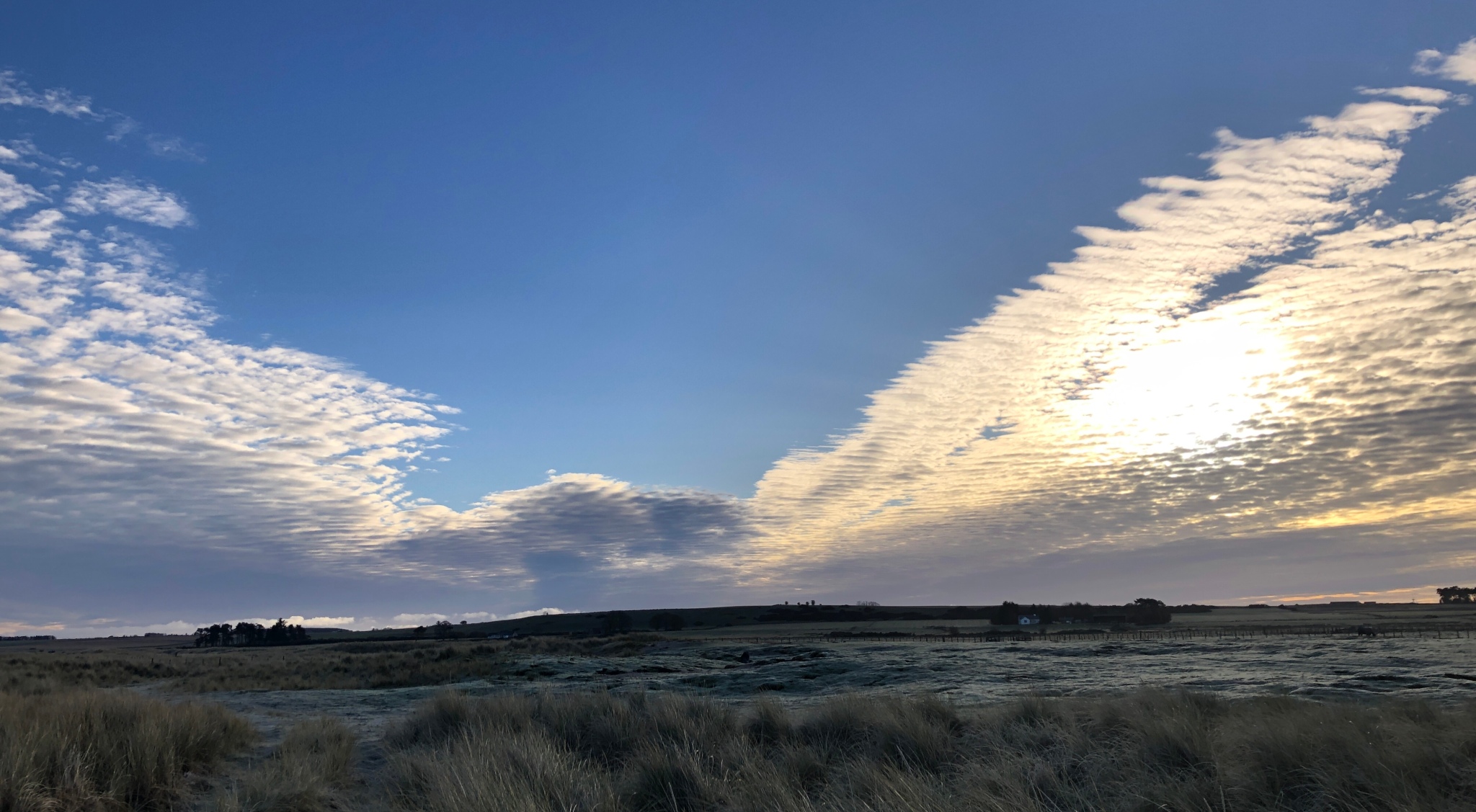OK, I need to be honest about this trip; I’ve found it really tough!
I’m thinking that its a mixture of things:
1. I’m out of practice riding motorcycles; with all the upheaval last year I just haven’t had time to get out on any kind of two wheels. Plus with all our things in storage, I couldn’t get at them anyway.
2. I’m carrying a couple of injuries at the moment, nothing serious, but enough to inhibit me a bit and at times make life a bit uncomfortable, plus I’m as a result not as fit as I like to be!
3. The weather. Riding in our Northern latitudes in early Spring is always going to be a bit of a lottery with the weather, plus inevitably it’s going to cold a times. OK, I do wear my heated clothing and it has been quite a bonus on this trip, but after a few hours in the saddle you do still feel the cold in the unheated bits! Rain doesn’t really bother me, except when it makes the roads greasy, as my gear is all very waterproof.
4. I’m getting older. No escaping this, I’m not going to let it stop me, but maybe I need to modify my approach to motorcycle touring in future?
Anyway, we are now home in Caithness, arriving here after a 300 mile push from Lauder in the Scottish Borders last Saturday.
I think that I can describe the day as a symphony in four movements…
Lauder to Edinburgh was delightful on open roads in the early morning crisp sunshine.

Edinburgh ring road to Perth via the Queensferry Crossing was busy, very busy and not over enjoyable.

Perth to Inverness on the A9 climbing into the Highlands was a hard section; fantastic scenery as the mountains rose around us, annoying traffic at times and getting colder.

Inverness to Caithness, a feeling of opening freedom, clean air, less traffic, fun roads and the joy of getting near home.
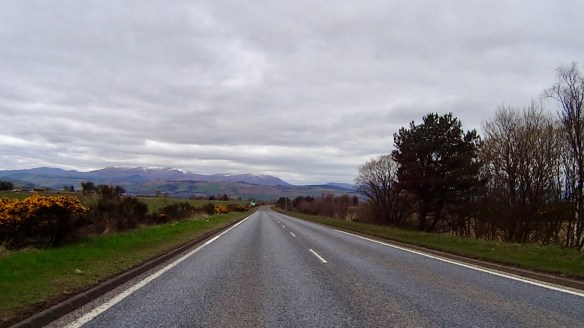
The last bit is always something to be wary of, as many accidents befall motorcyclists at the end of long trips just as they are nearing home! A bit of light rain began to fall ten minutes from Dookes H.Q. and was enough to turn the roads quite greasy, so yes, time to be extra cautious!

The trip is over now and though I’m still physically recovering from it, I’ve had time to process it all a bit.
It’s been strange doing a long trip in my own Country and by that I mean the UK.
In comparison to my many Continental Europe trips I was struck by how busy and crowded our small island is; I didn’t have to stray into any major city centres to notice that!
Everywhere in England people seemed to be always in a massive hurry and yes it was really noticeable how much things change once we got into Scotland.
I saw evidence throughout the journey of crumbling and neglected infrastructure. Roads were deteriorating and pot holes common; bloody dangerous for the unwary motorcyclist too! Even on the arterial Motorways, potholes were not uncommon and many motorway signs were becoming barely legible through weathering and neglect.
The verges of many roads were strewn with litter and obvious fly tipping in lay-bys seemed normal.
Considerate and careful driving was not over common…
In many ways parts of the trip were quite depressing, but then there were the people, people who were friendly, wanted to ask about Harls and just were interested in what we were doing; that was nice and rather up-lifting. More about them in another post I feel.
The scenery was the thing though; at time it’s just breathtakingly beautiful.
From distant glimpses of the Welsh mountains, the wide sweeping Severn Valley, the sturdy Pennines and West Riding of Yorkshire, the high Westmorland Fells, Scottish Borders and finally the Highlands, every region has such lovely natural treasures.
The 868 miles that we covered were worth it for that alone; even though I didn’t grab many pictures, so much variety in such a little island!
Would I want to do the whole trip again? No, I don’t think so, I’ve got a lot of other new places I really want to go and most of them are pretty much on my doorstep.

Now, I’m starting to build a new garage for Harls and Hettie and when I’ve done that we will be back out on the road, after all I have the whole of Scotland to explore!

Hope to catch you soon.
“This land is my land,
This land is your land,
From Cornwall to the Scottish Highlands,
This land was made for you and me” …with apologies to Woody Guthrie!
Dookes



